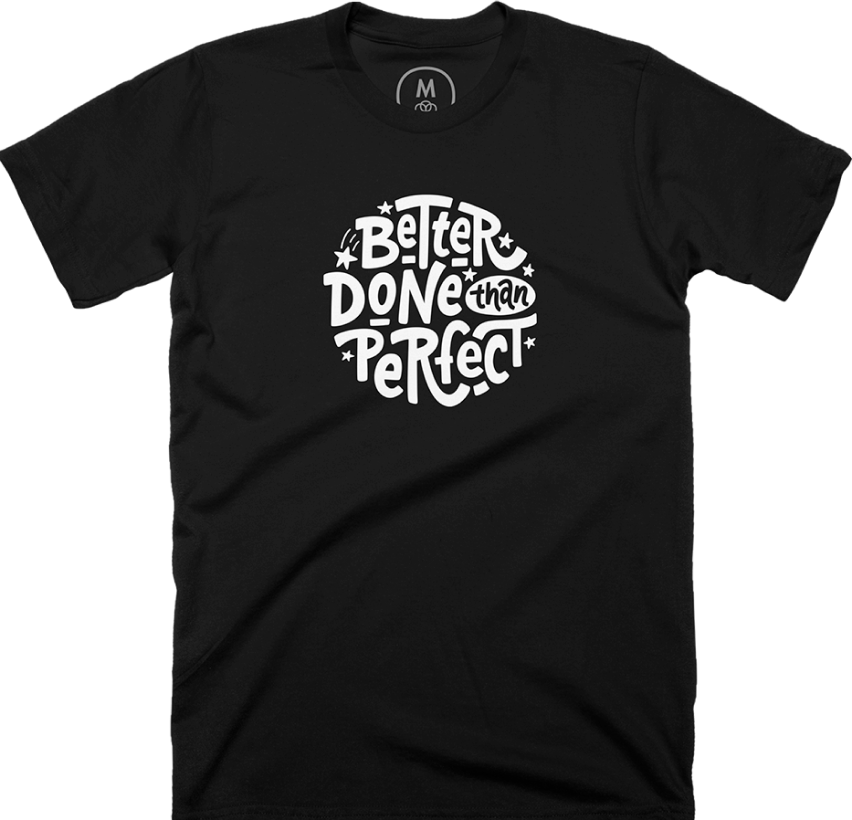Jordan Skole, VP of Product Growth at Autobooks, has worked with email automation in most roles throughout his career. Notably, he built and maintained the automation at ActiveCampaign—the ‘internal user’— he says. Building the email automation for an email automation company has helped Jordan become an expert. After departing ActiveCampaign, he joined Autobooks, a fintech company with an unusual SaaS model.
Autobooks licenses software to banks so they can embed it into their existing platforms as white-labeled software. From there, Autobooks also gets paid based on the utilization of these products. Autobooks must first get banks on board, then they have to drive customer adoption for the individual banks. This two-fold challenge is part of what drew Jordan in. His team is in charge of driving adoption into the bank’s customer base:
“It’s a really interesting challenge because every single bank comes with its own set of rules, feelings, brand guidelines, and everything else under the sun. My job is to use what I have available to try and drive adoption into their customer base.”
What does product growth look like at Autobooks?
In his role, Jordan has direct access to the bank’s customer base and he describes how that works:
“I often will send product marketing emails. I’ll use email marketing software on behalf of the bank. We’re almost like an agency in that regard where we connect to the bank and help craft emails that will drive Autobooks adoption or adoption of our plugins or our modules.”
He emphasizes that trust is a bank’s most valuable commodity. This is important as Autobooks drives that two-fold adoption — first, the adoption of Autobooks products by the individual banks and second, the adoption of these product features by the banks’ customers.
Jane asks about Jordan’s title and the distinction between “VP of product growth” as opposed to “VP of product” or “VP of marketing”. For Jordan, it means looking at the entire set of interactions within the customer experience:
“The user’s experience is not limited only to the interface. Oftentimes, we should strive to stretch the experience beyond the interface. Anytime that a customer or a user is interacting with you or your product, whether it’s in the interface or not, that is part of their experience. The non-digital experience leading up to engaging with your product is also part of that experience.”
For Autobooks, that means looking at other forms of interactions — direct mail, teller interactions, onboarding users over the phone instead of directing them to traditional online flows. Jordan and his team work very closely with the director of product, and together, they ensure that they design experiences and interfaces that meet users where they are.
Representing and sharing email automation interactions
Jane points out that email is tough to label in systems like these. Can it be called part of the product? Part of marketing communication? Jordan agrees that the transactional systems that live inside of the product, and the transactional emails that marketing might traditionally send don’t always work well together. For Autobooks, a lot of the most common interactions for their customers involve invoicing email:
“That’s a shame because I think there’s so much opportunity inside of those emails, inside of those touches.”
Representing an email automation system, these interactions as a single source of truth is a challenge in itself. It’s one that Jordan has been working on. As a Jobs To Be Done shop, they have a set of automation workflows that include emails with heavily researched copy. They call this artifact the “playbook”:
“It’s almost like an instruction manual for how everything works together in text. But as you can imagine, if that artifact lives in something like a PDF or a word document, it’s slow to change. As we are working on the system and developing the system and iterating on the system, those changes need to be reflected back down to the playbooks so that for the next bank we sign, once something catches, we can sell it to them.”
Essentially, they want to have continuous integration and continuous delivery like they would on the engineering side when deploying code. Keeping the playbook iterations well documented in a timely manner allows for that iteration. Jordan and his team are excited to build out best practices for the industry around this in the future.
Copy leads design
Jordan describes the stages that they follow at Autobooks from copy to implementation. It starts with Jobs To Be Done research to understand their customers and what prompts them. After that, they worked on their copy:
“Go hire a conversion copywriter, go work with a conversion copywriter and listen to what they say. Don’t try and fight what you might view as normal. They are fantastic.”
Jordan and his team of CX engineering and CX architects (working titles) have buy-in from senior leadership. They don’t write copy for the design, they create the copy and the design is built around it for implementation:
“We have a saying at Autobooks that copy leads design, which does not pass any judgment on anything, it’s just an order of operations. Most typical companies will design an interface, fill it with lorem ipsum and then bring somebody in to make the lorem ipsum sound appropriate for those boxes, like a Madlibs. At Autobooks, what we do is write the copy and then we hand it to the designer. Then the designer figures out how to fit the copy in a way that is intuitive, aesthetically pleasing, and conveys the visual communication style to support the words.”
One of their communication frameworks is the Rule of One, writing as if to a single person. Sometimes, they write longer copy and have a tougher time bringing that to banks. Jordan will refer back to countless customer testimonials to sell the idea that it’s not a necessity to always write longer copy, but that it can resonate very deeply:
“We always remind them, what we say is we ask you to adopt our brief, not our copy.”
Jobs To Be Done resources
Jobs To Be Done is a framework that Jordan and his team use to understand their customers on a deep level. It’s a large topic — Jane and Jordan don’t get into fine detail, but Jordan has some resources that he likes. Following Bob Moesta is a good start:
“I would try and listen to as many podcasts as you can that he’s in. One book that I would recommend is Demand Side Sales. That’s Bob’s most recent book and it’s an interesting take on jobs to be done. it’s far more applied than normal.”
Another thing he likes to do is to look at JTBD through the lens of storytelling and how they align with Joseph Campbell and the hero’s journey, aka the monomyth. Jordan summarizes that people often reach out to us as companies because something has changed for them in their normal habits:
“They ask for our help and guidance because there’s something that has changed in their life that has pushed them out of their status quo, out of their habits, out of their comfort zone. That’s what you’re addressing. That’s what the job is. It has nothing to do with your product at all. It has to do with what prompts them to make a change.”
Final advice
Do just start.
“Go build a shadow newsletter. It’s the first place to start and it’s the most fantastic thing that you can do.”
Don’t make users authenticate into your app to unsubscribe.
“Kick people off your list that don’t want to be on your list. You’re not doing anything for yourself by keeping people who don’t want to be engaged, around.”
Thanks for listening! If you found the episode useful, please spread the word on Twitter mentioning @userlist, or leave us a review on iTunes.


